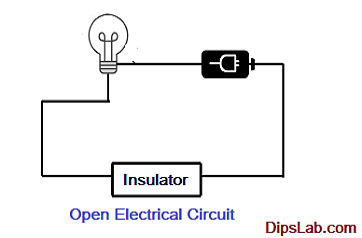Electric circuits 10 2 components of a circuit energy transfer in electrical systems siyavula physics tutorial cur 7 difference between open and closed example types lesson transcript study com it s all about nodes branches loops ncert solutions class science chapter 12 electricity parallel series properties variances lakhmir singh for 1 free pdf what do you understand by an brainly short dummies does mean cbse important questions domestic definition parts the overloading circuiting earthing formulas list with solved quiz basic is direction mystery ammeter how connected from work define unit calculate number electrons notes page no 200 ans elect symbols faqs resistance symbol formula ac vs dc electrical4u potential ten examples krayonnz inst voltage are given i sin 300 t v power dissipation complete kids its effects

Electric Circuits

10 2 Components Of A Circuit Energy Transfer In Electrical Systems Siyavula

Physics Tutorial Electric Cur

7 Difference Between Open Circuit And Closed Example

Types Components Of Electric Circuits Lesson Transcript Study Com

Electric Circuits It S All About Nodes Branches And Loops

Physics Tutorial Electric Cur

7 Difference Between Open Circuit And Closed Example

Ncert Solutions Class 10 Science Chapter 12 Electricity

Types Of Circuits Parallel Circuit Series Properties Variances

Lakhmir Singh Physics Class 10 Solutions For Chapter 1 Electricity Free Pdf

What Do You Understand By An Electric Circuit Brainly In
Electric Cur And Circuit Class 10 Science

Closed Open And Short Circuits Dummies

What Does An Electric Circuit Mean Brainly In

Cbse Class 10 Science Important Questions For Chapter 12 Electricity
What Does An Electric Circuit Mean

Domestic Electric Circuits Definition Parts Of The Circuit Overloading Short Circuiting And Earthing

Class 10 Electricity Formulas List With Solved Questions Short Quiz Pdf

Basic Electric Circuit Types Components What Is An Lesson Transcript Study Com
Electric circuits 10 2 components of a circuit energy transfer in electrical systems siyavula physics tutorial cur 7 difference between open and closed example types lesson transcript study com it s all about nodes branches loops ncert solutions class science chapter 12 electricity parallel series properties variances lakhmir singh for 1 free pdf what do you understand by an brainly short dummies does mean cbse important questions domestic definition parts the overloading circuiting earthing formulas list with solved quiz basic is direction mystery ammeter how connected from work define unit calculate number electrons notes page no 200 ans elect symbols faqs resistance symbol formula ac vs dc electrical4u potential ten examples krayonnz inst voltage are given i sin 300 t v power dissipation complete kids its effects
